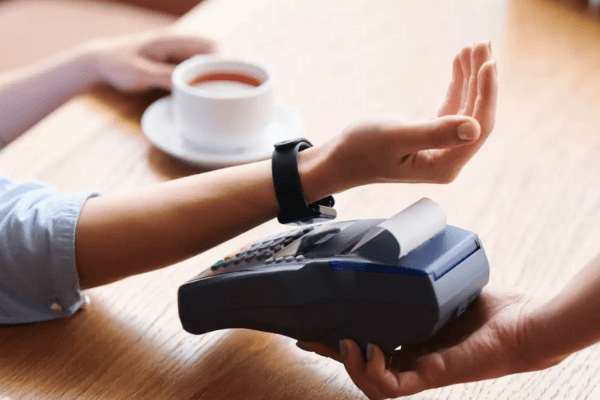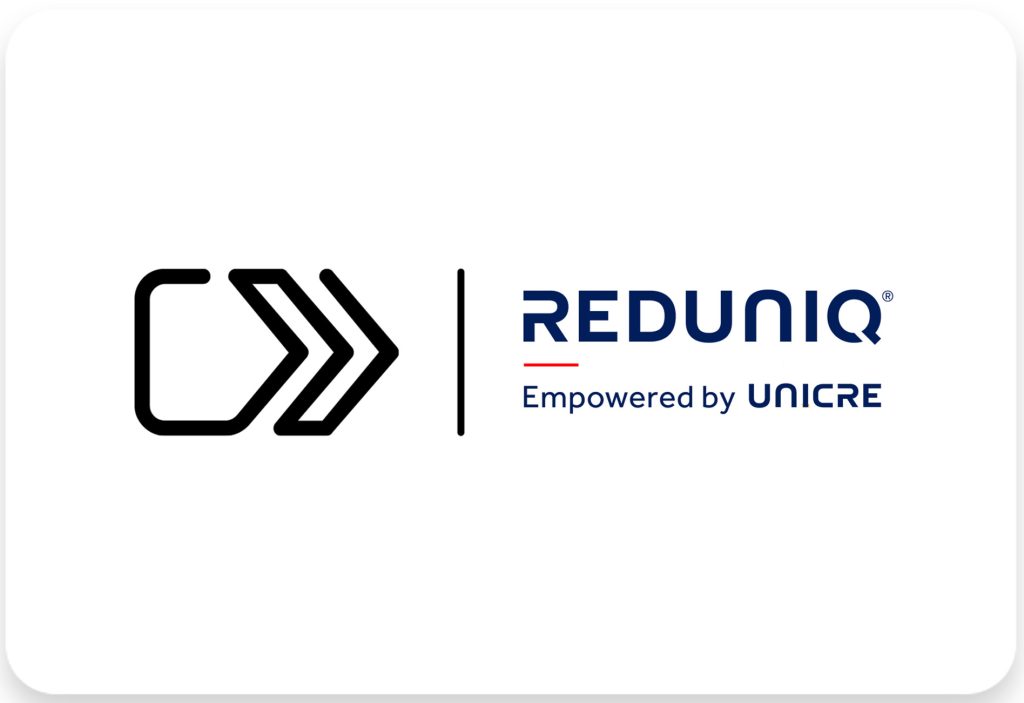
If we were used to social trends telling us what to wear, get ready: they now also mark the way we pay for our goods and services.
Consumers' growing preference for means of contactless payment has given a strong boost to mobile payment technology, and in particular that which takes place via wearables.
Driven in part by the impact of the COVID-19 pandemic, the popularity of so-called "clean" payments (smartphones, smartwatches, rings, bracelets, payment-ready cufflinks, among others) is experiencing a strong and rapid acceleration around the world.
In the particular and more eccentric case of rings, keyrings and cufflinks, devices that we don't normally associate with payments and which the market has baptised as passive wearables, growth is frenetic due to the greater attention that the world of fashion and jewellery is currently devoting to them.
There is no shortage of examples of this, ranging from the case of a well-known French designer who has created rings capable of carrying payment information, to new bracelets and cufflinks that include payment technology and "smart" fabrics that, based on interactive sensors, turn jackets and trousers into potential means of carrying information and making payments.
Although seemingly dystopian, today these passive wearables already serve as a means of payment in various resorts and hotels, amusement parks, music festivals and concerts, cruise ships or sporting events.
In fact, a recent 451 Research study by S&P Global Market Intelligence conducted in 15 countries revealed that Bulgarian, Greek, Peruvian, Polish, South African, Italian and Spanish consumers had great confidence and interest in this new payment paradigm.
The appeal is clear: by being able to link a bank account/card to these wearables, customers not only no longer have to carry cash or cards with them, but they also avoid the need to continually add funds to the device.
Also according to 451 Research, the most popular method of financing a bracelet, for example, is through automatic uploads from a bank account, but even if they don't have one, consumers can still enjoy the value "stored" in the bracelet.
This shows the importance of these rechargeable wearables as a valuable payment option for people without access to banks, a significant proportion of consumers in many countries around the world, or tourists.
Wearable technology: are consumers ready?
Although it is on a clear upward trajectory around the world, the acceptance of these new means of payment differs depending on the region of the globe in which we find ourselves.
According to 451 Research, for example, 54% of consumers globally said they felt "highly comfortable" with contactless payments in general, while almost two-thirds (65%) said they expect more merchants to accept options in the future. contactless paymentHe cited the speed and convenience of these media as the two main reasons why this should happen.
In this study, Poland and Australia stood out as the countries most receptive to contactless payments with, respectively, 78 and 64% of their consumers saying they prefer this method.
In contrast, the US, which began adopting contactless cards later than many other countries, remains more reluctant. In a survey conducted before the pandemic, only 19% of American consumers said they "prefer" contactless payments, compared to the global average of 45 %.
But all that has changed with the onset of Covid-19 around the world. Positive feelings about the convenience of contactless payments has been growing ever since, as shown by a study carried out by Discover Financial Services by the end of 2020: 68% of Americans surveyed said they would start using contactless means of payment in order to avoid contact with surfaces when doing their Christmas shopping.
A new horizon full of opportunities for traders
Wearables are not only a source of greater convenience for consumers when paying for their purchases, they also offer merchants a new tool for capturing and retaining customers.
Studies show that among the factors consumers value most when they enter a shop is whether or not their preferred payment methods are available. So, with the rise of mobile payments via wearables, merchants should work closely with a partner specialised in payment solutions to ensure that your business is ready to satisfy current consumer trends and the needs of "new" consumers.
The benefits are immense. As well as offering a wider range of payment methods, the data obtained from measuring the transactions made by customers provides merchants with more informed insights into consumer behaviour, which will then be extremely useful in creating more targeted marketing campaigns aimed at customers' real needs.
For example, by being able to link the payment details of a purchase made via a wearable to offers and incentives, marketing campaigns can generate more sales.
Another major beneficiary is the checkout process, since payment with a wearable is made more quickly and securely than with other methods.
At the dawn of a new payment reality, merchants should also invest in mobile POS terminals thus avoiding endless and undesirable queues. This mobility can also be extended to shop staff who, using mobile scanners and NFC devices, can quickly read the payment information with just a touch of the customer's wristband, ring or smartwatch.
Conclusion
As payment technology advances in convenience and security, the window of opportunity for developing creative and attractive payment options, such as rings or cufflinks, will widen.
New devices, platforms and applications - and ultimately the greater acceptance of these methods - are in the process of being integrated into the shopping experience and will define customer expectations over the next few years.
This puts the ball on the side of the retailers who, faced with a consumer who is increasingly used to the idea of contactless paymentswill have to prepare in advance and create synergies with the companies that supply payment solutions suitable for retailIn this way, they can guarantee that payments will be accepted in the style and form that consumers prefer.
* Article adapted from Discover® Global Network.


